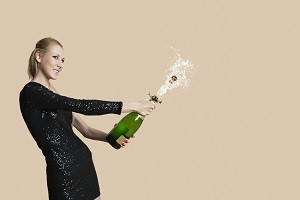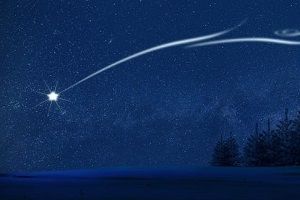The Laba festival (腊八) is a cultural holiday that is celebrated on the eigth day of the twelve Chinese lunar month.
Because of it’s proximity to the Chinese new year, it is often seen as a prelude to the festivities of CNY which would be coming up soon after.
The Laba day is best known by most people to the day commemorated by eating Laba congee which is cooked with a variety of basic foodstuff such as rice, beans, chestnuts, dates, and a diverse array of mixed grains, etc.
People consume the multi-flavored porridge for it’s diversely blended taste, and as offerings to the gods as well.

There is a saying in Chinese culture that Laba congee should not be consumed at a wife’s parents home. Otherwise debt would befall the family for generations to come.
Laba congee was originally a dish for imperial staff, but made it’s ways into being a symbol of significance for this festival.
There are various stories of how this occurred.
One interesting legend was about how the revered general Yue Fei (岳飞) led his men to victory in a battle that lasted throughout the harsh winter. They aptly survives the punishing cold by consuming congee which the villagers supplied. The victory was finally achieved on the 8th day of the 12th lunar month. After his death, the people started to have congee on that day every year to remember the outstanding patriotism of Yue Fei.
However, the most common origin story of Laba festival is linked to Buddhism.
It was said that this was the day in which Sakyamuni Buddha (释迦牟尼) attained enlightenment. Which is why this day is also known as the Buddha’s Day Of Enlightenment. Today, dedicated Buddhists can be observed to make offerings and undertake rituals to commemorate the day itself. Because of the huge Buddhist following by Chinese, this day is often linked to Laba day itself.
But there is more in the puzzle of Laba festival.
In the classical writings of 说文解字, it was stated that one of the best days during the year to make offerings to gods is 3 days after the Winter Solstice. This day itself was described as Lari (腊日). The Laba festival has other aliases which included the terms laba ((腊八) or lari (腊日).
In addition, during the different reigns of the dynasties, Lari was called a number of different names including Qing Si (清祀), Da La (大腊), Jia Ping (嘉平), etc. Amusingly, they where celebrated on different dates, but all always fall within the 12th month. Therefore, the consensus started to term the 12th month as La Yue (腊月) and the celebration day itself as La Ri.















